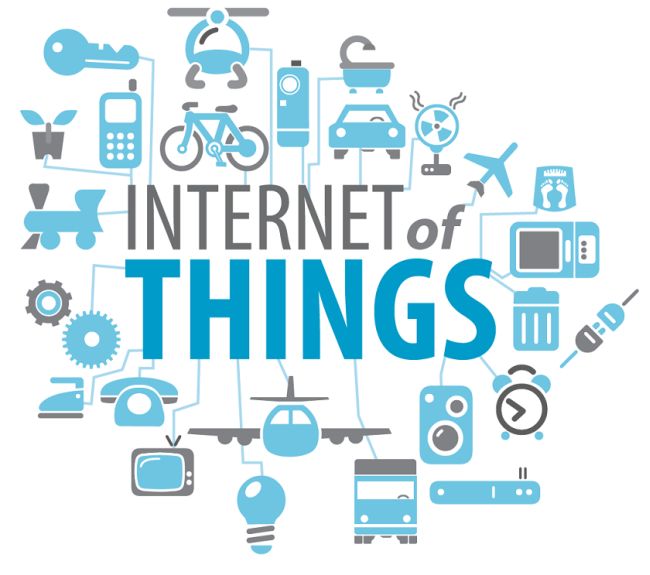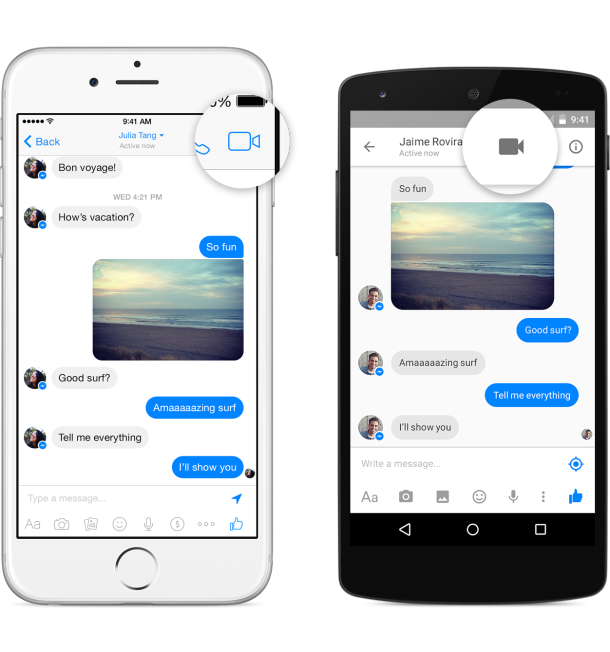It is predicted that all devices will be generating a huge amount
of data chatter in the near future. An eight hour flight generates about
half a TB of data. Smart devices, embedded and wearable computing will
added to the data of the Internet. The Internet of Things (IoT) is the
interconnection of uniquely identifiable devices. The scale of
inter-connectivity will be huge. Machines will fuel data growth.
A person will generate a huge amount of data on a day-to-day basis due to the wearable devices (medicinal, entertainment and security). All this data needs to flow back to some systems where reports would be generated and actions would be taken. The following image from SurveyAnalytics gives a very good description of the IoT. According to Gartner, there will be nearly 26 billion devices on the Internet of Things by 2020. ABI Research estimates that more than 30 billion devices will be wirelessly connected to the Internet of Things by 2020.
A person will generate a huge amount of data on a day-to-day basis due to the wearable devices (medicinal, entertainment and security). All this data needs to flow back to some systems where reports would be generated and actions would be taken. The following image from SurveyAnalytics gives a very good description of the IoT. According to Gartner, there will be nearly 26 billion devices on the Internet of Things by 2020. ABI Research estimates that more than 30 billion devices will be wirelessly connected to the Internet of Things by 2020.

This will become a new age of intelligence with many considerations.
Space Considerations
The amount of data that will be generated and stored will be unimaginable. Typical households will generate PBs of data.
- 1.Where will all this data be stored? On the cloud? On premise?
- 2.How much data will be archived and where?
- 3.Will the consumer pay for this space?
Security Considerations
How
will the data be secured? How will the devices be secure? Will today's
authentication and authorization methods be enough or will new security
models emerge?
Regulatory Consideration
Challenges involving governance and regulatory compliance will be need to be mitigated. New paradigms of governance will emerge.
Challenges involving governance and regulatory compliance will be need to be mitigated. New paradigms of governance will emerge.
Environmental Considerations
Disposal
of electronic goods is today itself a problematic area. With new
semiconductor devices, environmental impact needs to be considered.
The following are some of the use cases that come to mind:
- 1.Health
and Life Insurance: Already many people track their exercise, diet and
weight into many different applications. Imagine a cloud based service
that tracks this based on some wearable device. These services can
become the source of data for Life Insurance companies.
- 2.Supply Chain Management: Effective Supply Chain management due to real-time data availability.
- 3.Manufacturing:
for example, production data; machines sending daily production reports
to managers at the end of the day. Machines could also send data for
preventive maintenance and machine safety.
- 4.Parking Spot search: Sensors will provide data on empty parking spots.
- 5.Smart
Electric meters, smart washing machines, smart refrigerators with
sensors that will enable application makers to utilize the data for
efficiency and effectiveness in their solutions. There is already a
solution built by Nest: to control the temperature of your home using
your mobile phone. Details
at: https://nest.com/thermostat/life-with-nest-thermostat/.
- 6.Smart Cities, Smart Buildings and Smart homes.
- 7.Disaster Management: Sensors from within the ocean and below earth surfaces, sensors from space can help in disaster management.
- 8.Farming
and Dairy: Sprinklers can be turned on and off automatically based on
weather conditions as well as can be remotely monitored. A Dairy can
have n number of use cases where the data from the sensors on animals
can be used effectively as in applications.
- 9.Hotel Management, Event Management, Remote monitoring.
- 10.Banking: When you step into the bank, your mobile will already send information to the banking application on your identity. From there on, multiple applications can be thought of.
The possibilities of solutions and services are endless. The opportunities are tremendous.
- 1.Managed Services
- Data and Analytics
- Mobile and Cloud Computing
- 2.Network Services
- 3.Enablement Hardware
- Wireless and embedded systems
- Smart Sensors
- 4.Data recovery services
- Data Archival Services
- Disaster Management Services
- 5.Value added applications
It will become probably impossible to remain private.



